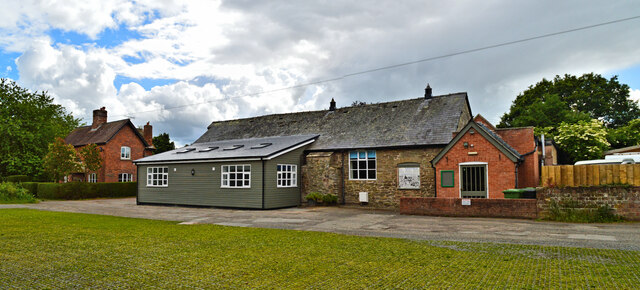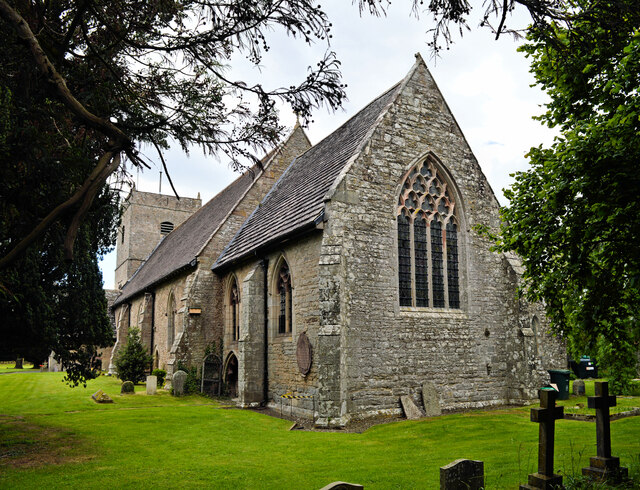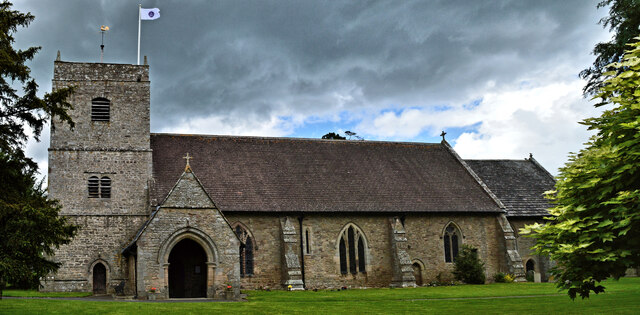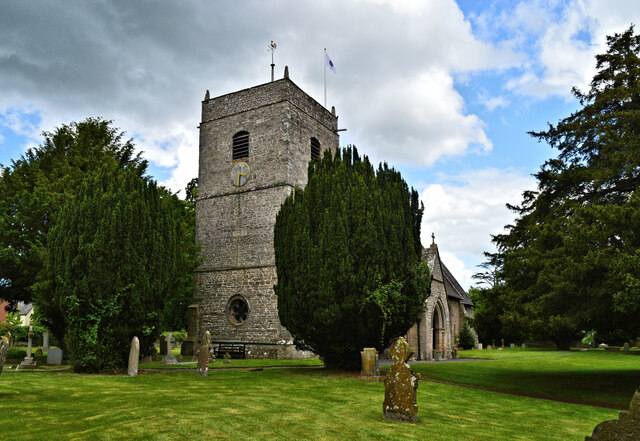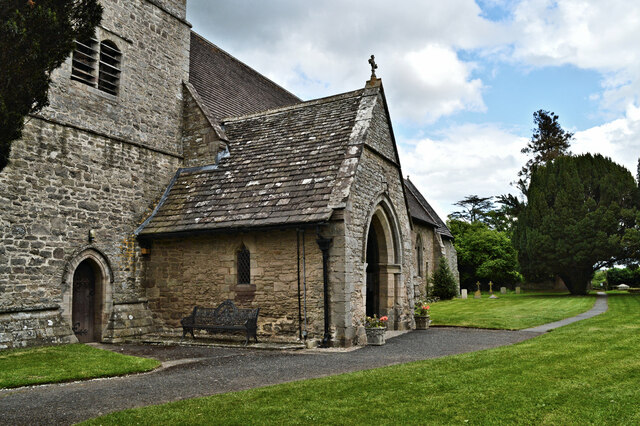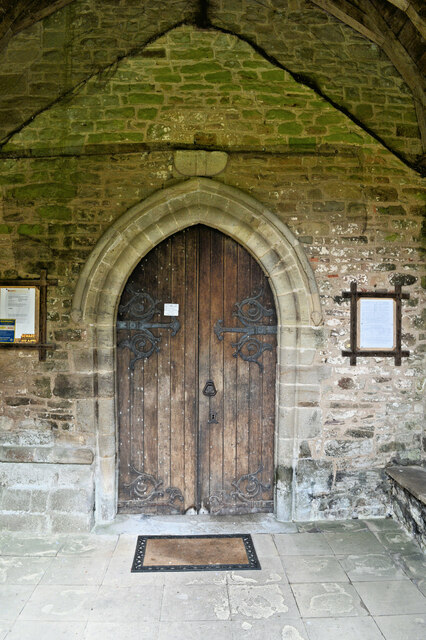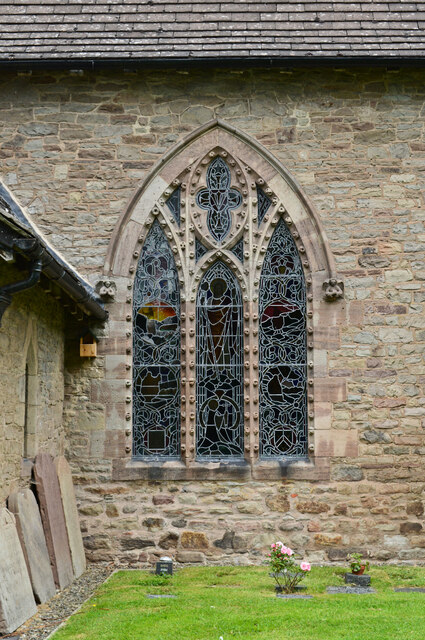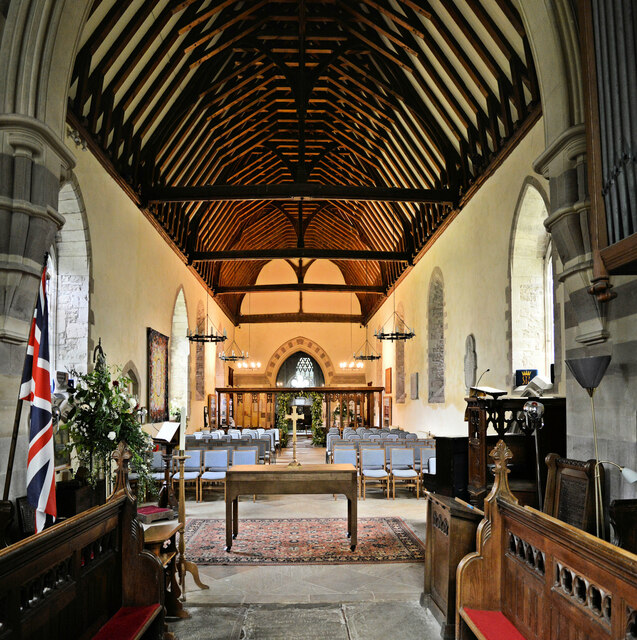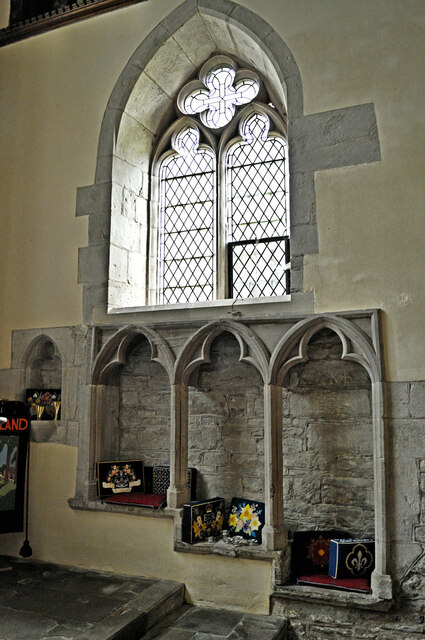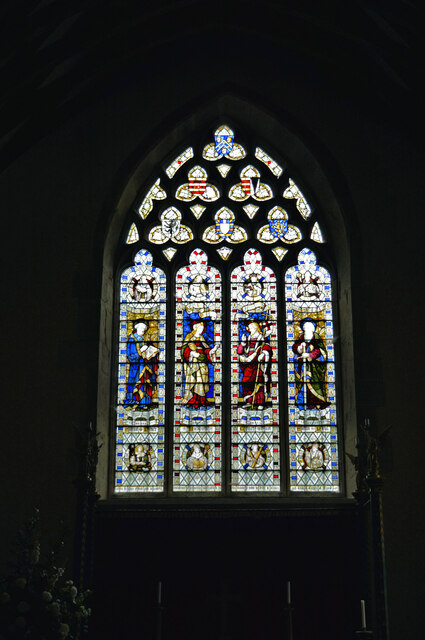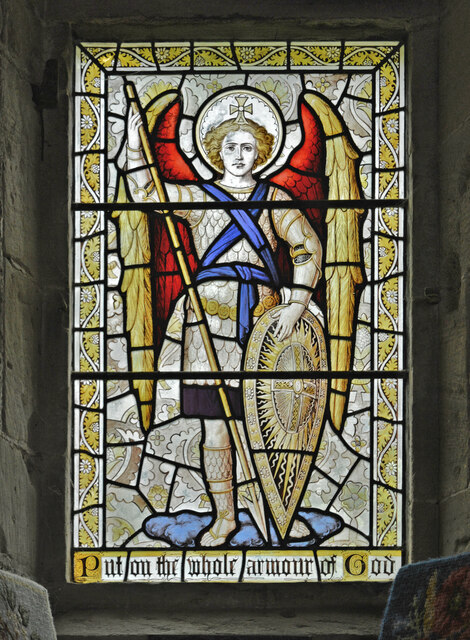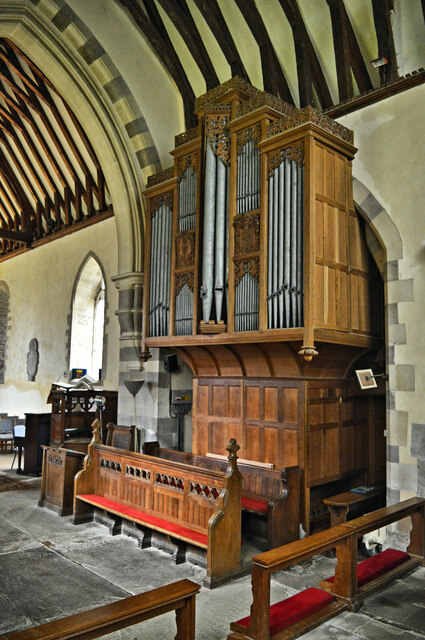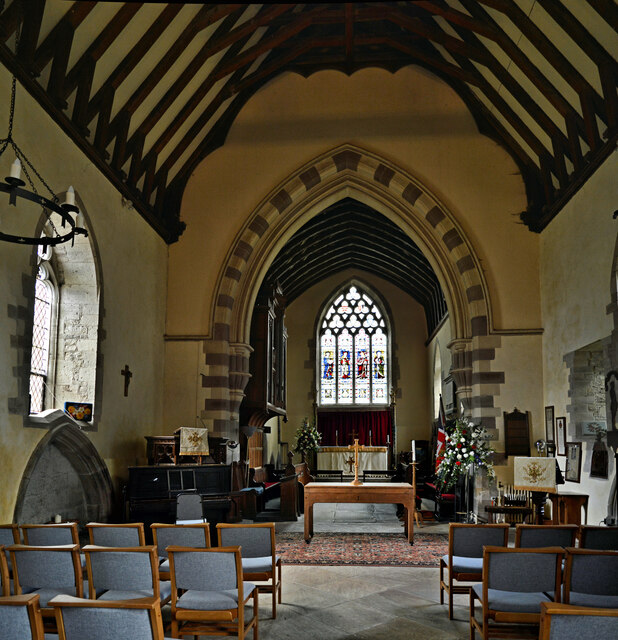Admarsh Coppice
Wood, Forest in Herefordshire
England
Admarsh Coppice
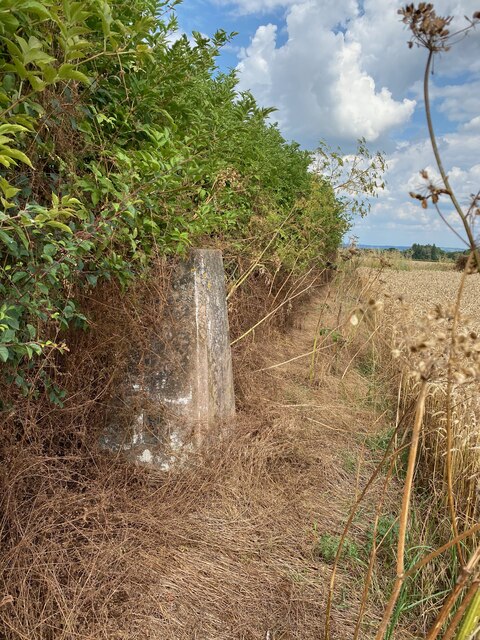
Admarsh Coppice is a woodland located in the county of Herefordshire, England. Covering an area of approximately 50 acres, it is a prime example of a coppiced forest. The coppicing technique involves cutting down trees near to the ground and allowing them to regrow, resulting in a sustainable and diverse woodland ecosystem.
The woodland is predominantly composed of deciduous trees, including oak, beech, and birch. These trees provide a dense canopy that filters sunlight, creating a cool and shaded environment beneath. The forest floor is covered in a thick layer of leaf litter, creating a rich and fertile soil.
Admarsh Coppice is home to a wide variety of wildlife, including numerous bird species such as woodpeckers, nuthatches, and thrushes. The woodland also provides habitat for mammals such as foxes, badgers, and deer. In addition, the undergrowth supports a diverse range of plant species, including bluebells, primroses, and ferns.
The woodland is a popular destination for nature enthusiasts and walkers, offering peaceful and scenic trails throughout the year. Visitors can explore the network of footpaths that wind through the forest, providing opportunities for birdwatching and wildlife spotting. The tranquil atmosphere and natural beauty of the coppice make it an ideal location for outdoor activities and nature appreciation.
Admarsh Coppice is managed by the local conservation authority, which ensures the preservation and sustainable management of the woodland. Their efforts aim to maintain the natural ecosystem and promote biodiversity within the forest, making it a valuable ecological asset for Herefordshire.
If you have any feedback on the listing, please let us know in the comments section below.
Admarsh Coppice Images
Images are sourced within 2km of 52.210702/-2.8510118 or Grid Reference SO4157. Thanks to Geograph Open Source API. All images are credited.
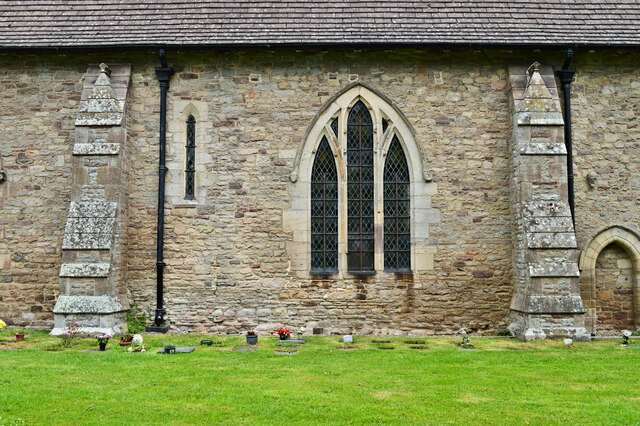
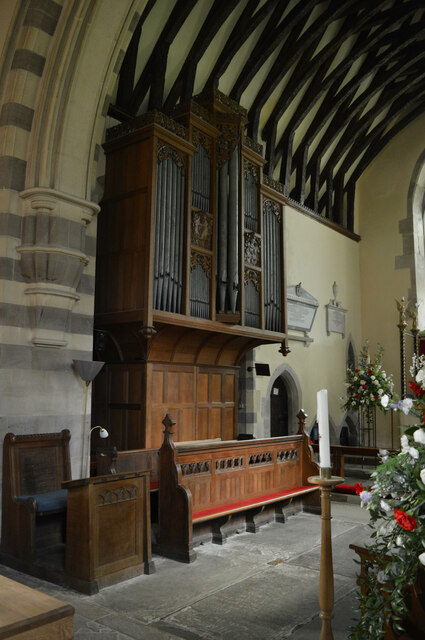
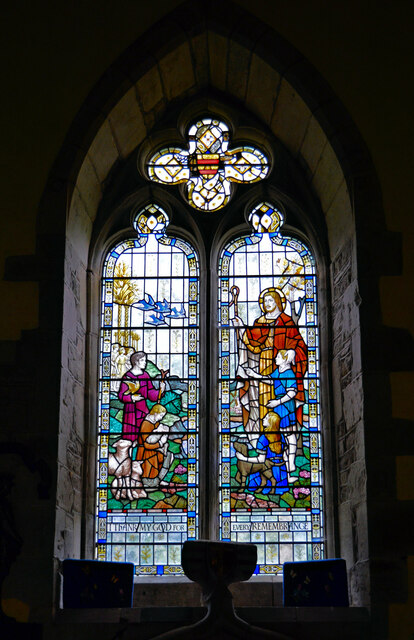
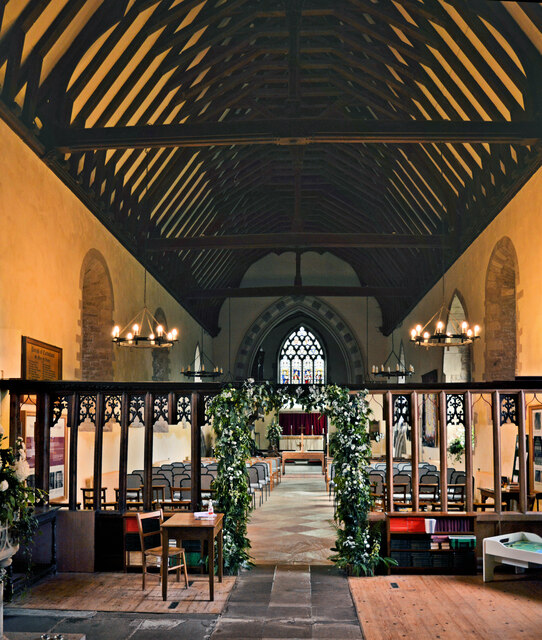
Admarsh Coppice is located at Grid Ref: SO4157 (Lat: 52.210702, Lng: -2.8510118)
Unitary Authority: County of Herefordshire
Police Authority: West Mercia
What 3 Words
///cabin.offstage.removable. Near Kingsland, Herefordshire
Nearby Locations
Related Wikis
Burton Court, Eardisland
Burton Court is a Grade II* listed English country manor house in the Parish of Eardisland, southwest of Leominster, Herefordshire, England. The manor...
Eardisland
Eardisland ( URDZ-lənd) is a village and civil parish on the River Arrow, about 5 miles (8 km) west of the market town of Leominster, Herefordshire. The...
Dilwyn
Dilwyn is a village in Herefordshire, England located about 18 km (11 mi) from the city of Hereford and 9 km (6 mi) from its nearest town, Leominster....
St Cosmas and St Damian's Church, Stretford
St Cosmas and St Damian's Church is a redundant Anglican church standing in a farmyard in Stretford, Herefordshire, England. It is recorded in the National...
Nearby Amenities
Located within 500m of 52.210702,-2.8510118Have you been to Admarsh Coppice?
Leave your review of Admarsh Coppice below (or comments, questions and feedback).
